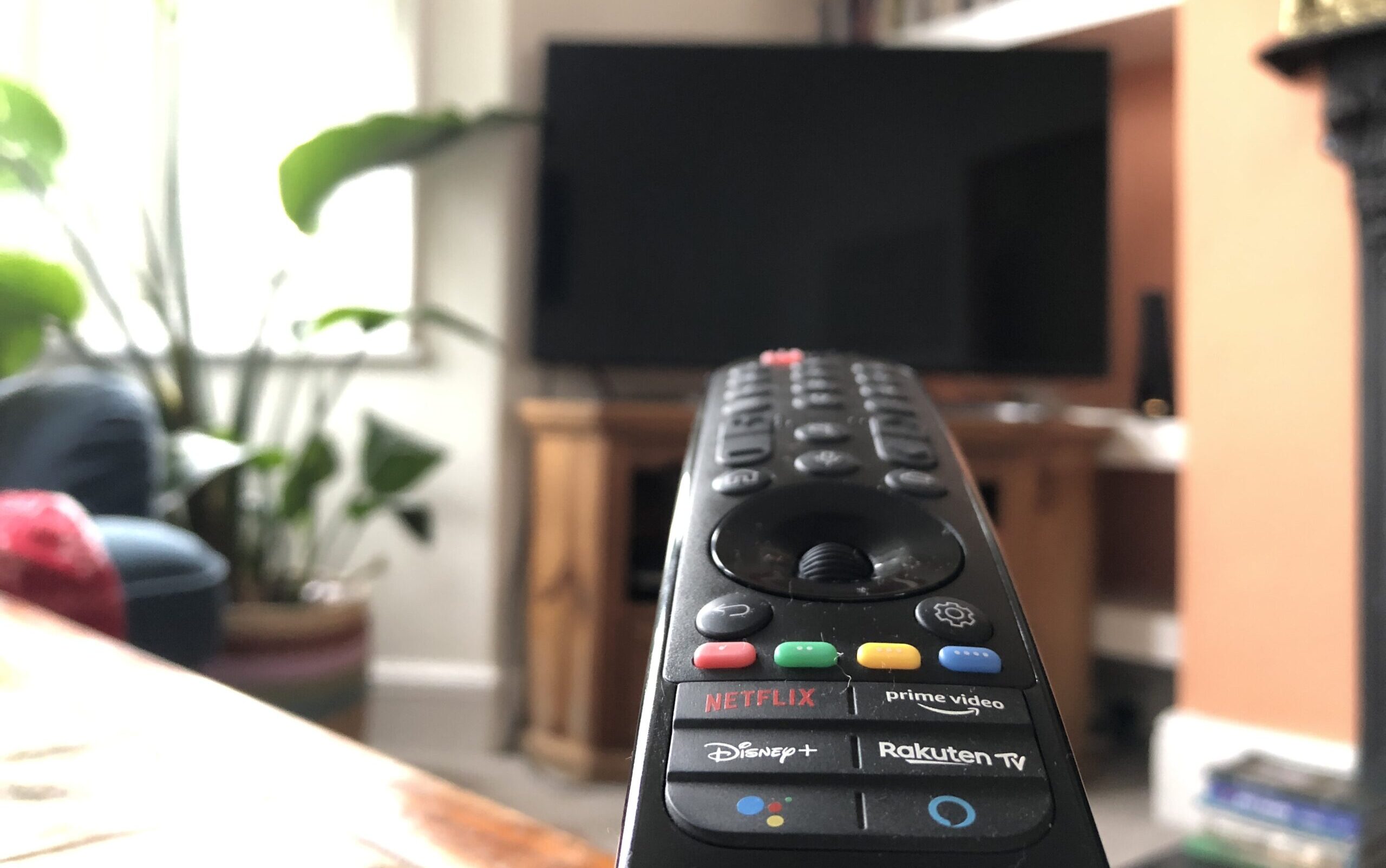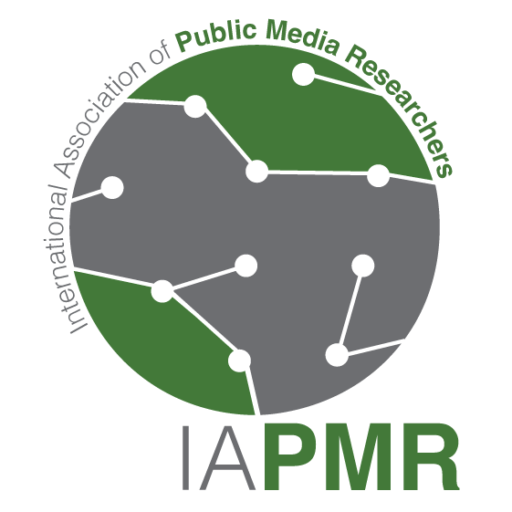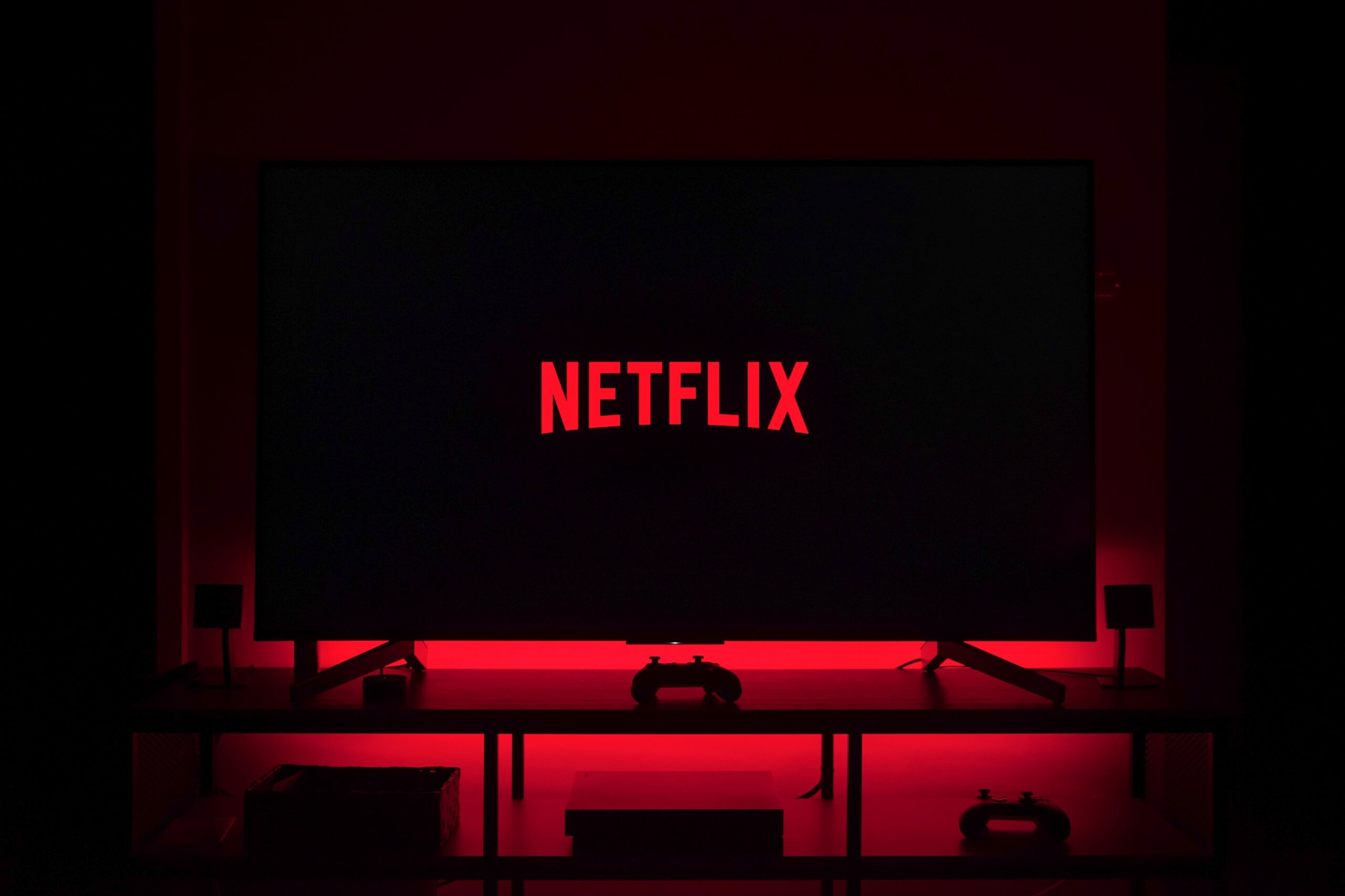RESEARCH INSIGHT
Switching off: Young audiences, streaming and public media
3 July 2024
The outlook for public media is not encouraging, according to Emerita Professor Andrea Esser and Professor Jeanette Steemers, whose research across four countries shows young audiences are using streaming services much more than public media.

By Andrea Esser, Emerita Professor of Media and Globalization and Jeanette Steemers, Professor of Culture, Media & Creative Industries at King’s College London
For the Screen Encounters with Britain Project we’ve been looking at what young Europeans aged 16-34 make of Britain and its screen content, both film and television, and our focus has been on four case studies – Denmark, Germany, the Netherlands and Italy. As well as analysing their encounters with UK content, through surveys (1,813 responses), digital diaries (102), and audience interviews (86), we’ve also looked at what and how they watch, how they get to know about and find screen content, and the values, experiences and perceptions they have about different films and series, and their geographic origins.
Across our four case studies the outlook for public media is not encouraging, with interviewees rarely tuning in to public media, because there is little of interest for them on linear channels or PSM on-demand platforms. PSM is sometimes consulted for news, but not exclusively as more young people seek out news on social media. PSM is rarely watched for fiction or entertainment because young people find it less relevant to their interests and less entertaining, because it tends to target older audiences.
Read more: How public media are competing with streaming services
According to our surveys, linear TV channels are used by only 15% of 16-34-year-olds across all 4 countries – Germany came top with 19% and Denmark came bottom with 7%. This compares with usage in excess of 80% for Netflix in Denmark and Germany (both 89%), the Netherlands (86%) and Italy (82%). PSM platforms ARD Mediathek (30%) and ZDF Mediathek (34%) in Germany, NPO Start (30%) in the Netherlands and RaiPlay (38%) in Italy usually rank significantly behind Netflix, YouTube (except in Denmark), Prime Video (except in Denmark), Disney+ and even the cinema in Germany as the most used platforms for viewing long form content (longer than 20 minutes). DRTV in Denmark is an outlier. However, while 52% use it at least sometimes, it is not a platform which interviewees said they use frequently, unlike Netflix.
Friends and family, streamer recommendations and viral memes from other users on TikTok or Instagram are much more significant in influencing what is watched.
Young people’s lack of interest in PSM content is longstanding. What has changed is their ability to switch their viewing to more attractive platforms.
Introducing Research Insights
Research Insights is a new project launched by PMA in partnership with the International Association of Public Media Researchers (IAPMR), where we get leading public media researchers and academics to write on specialist subjects.
Read our previous Research Insight exploring the future of big tech bargaining codes.

Young audiences’ habits and how they’ve changed
Young people aged 16-34 love fiction – fantasy/sci-fi, comedy/comedy-drama, action-adventure – genres where US fiction is more abundant, and these programmes today consistently beat largely domestic light entertainment formats such as talent shows and reality TV by large margins. If they are asked to give their country-of-origin preferences the USA is a clear winner. Between 88-91% across all 4 case study countries list it among their top 3 choices. In Denmark and Italy domestic content ranks second (80% and 75% respectively), but in Germany (51%) and the Netherlands (52%) domestic content slumps to third position behind the UK (63% and 79% respectively). When questioned about their top choice, 56% across all 4 countries named the US, with domestic content named by only 16% as first choice. In Denmark and Italy domestic content was named top by 24% and 20% respectively but slumped to 13% in the Netherlands and 8% in Germany.
Young people love contemporary US shows, but they also rewatch older US series for comfort viewing and nostalgia. Digital diaries and interviews revealed a yearning for the familiarity of older US sitcoms, like Modern Family, How I Met Your Mother and The Big Bang Theory, classic film franchises like Harry Potter and Lord of the Rings and Christmas favourites like Love Actually, mostly viewed on Netflix or Prime Video.
What has certainly changed is how young audiences find what they want to watch. Most head straight for their favourite streamer (usually Netflix) to find recommendations or browse the decks of the genres they are interested in. For the youngest, aged 16-24, Instagram and TikTok are important for grabbing their attention through short user-generated clips and humorous memes that go viral. We were surprised at the popularity of Derry Girls, a UK sitcom based on a group of teenage girls in Northern Ireland during The Troubles in the 1990s, which was mostly propelled into the consciousness of our Danish, Dutch and German respondents through social media. The top ranked British show across all four countries was the Netflix teen relationship drama Sex Education, a show that touched on topics that many felt were not covered by domestic producers. Sherlock, Peaky Blinders and Fleabag were also among top-ranked UK shows.
Local is still really important and in some cases can cut through, but public service media rarely have the resources for production or promotion to make it work. There are exceptions. For instance, in Italy Neapolitan prison drama Mare Fuori (2020) has been a massive hit on Rai and its streaming platform RaiPlay, but respondents were more likely to watch it on Netflix, echoing the situation with British period crime drama Peaky Blinders, which is now more associated with Netflix than the BBC, where it first aired.

Which broadcasters do it best?
Some public broadcasters do better. 38% of our Italian respondents said they use Rai’s digital platform, RaiPlay. Classic Italian and European movies were a draw for some, and more young Italians than their counterparts in Germany, Denmark and the Netherlands mentioned watching RAI entertainment shows with parents, grandparents or partners during mealtimes. Danish PSM platform DRTV (52%) came fourth after Netflix, HBO Max and Disney+, and appears to do better in attracting younger audiences, but interviews revealed that young audiences in Denmark were still looking to other platforms and US content to be entertained.
“Young people’s lack of interest in PSM content is longstanding. What has changed is their ability to switch their viewing to more attractive platforms.”
Some broadcasters are working with local influencers to create content together, but this is only ever likely to change perceptions of PSM at the margins, because often this content is made available online, where the association with PSM easily gets lost. As far as promotion is concerned in our surveys and interviews, online influencers rarely ever come out as determining viewing choices. Friends and family, streamer recommendations and viral memes from other users on TikTok or Instagram are much more significant in influencing what is watched.
It’s no secret that linear viewing is declining and that young audiences – like all audiences – are more used to getting content on-demand. The financial limitations of subscription may offer opportunities for ‘free’ PSM platforms, e.g. DRTV or RaiPlay, depending on whether governments are still well-disposed to funding them. With the rise of populist politics across Europe this is at risk, even in countries like Denmark, Germany and the Netherlands with historically strong PSM traditions.
In the meantime, PSM needs to work harder on creating algorithm and recommendation systems that capitalise on the desire of young people to find what they want quickly – particularly quality fiction that is either humorous and/or focused on relationships that seem authentic and relevant. The problem for PSM is three-fold. First, they have to satisfy younger audiences without alienating older core audiences. Second, they don’t have the resources to invest in the expensive high-profile fiction in volume that young audiences crave. And third, they are not appearing on the radar of young audiences, because they don’t appear prominently in social media. Producing short, funny snippets that lend themselves to sharing and adapting on social media could be a way to push PSM content into young people’s realm of attention.
Acknowledgement
This work was supported by the Arts and Humanities Research Council [grant number AH/W000113/1], part of UK Research and Innovation (UKRI).
Interim Reports on Denmark, Germany, and the Netherlands can be accessed as follows:
– Esser, A., Hilborn, M., & Steemers, J. (2024). Screen Encounters with Britain – Interim Report Netherlands: What do young Europeans make of Britain and its digital screen culture? . King’s College London. https://doi.org/10.18742/pub01-177
– Esser, A., Hilborn, M., & Steemers, J. (2023). Screen Encounters with Britain – Interim Report Germany: What do young Europeans make of Britain and its digital screen culture?. King’s College London. https://doi.org/10.18742/pub01-139
– Esser, A., Hilborn, M., & Steemers, J. (2023). Screen Encounters with Britain – Interim Report Denmark: What do young Europeans make of Britain and its digital screen culture?. King’s College London. https://doi.org/10.18742/pub01-118
Our next report on Italy will be published in September.
About the authors


This piece is part of our new series of Research Insights, developed in partnership with the International Association of Public Media Researchers.


Featured Image: Friends watching TV. Students party. Young people, teenagers with fast food and drinks. Credit: Net Vector / Shutterstock.com
Related Posts
7th June 2024
How public media are competing with streaming services
What approaches are public media taking…
7th May 2024
ZDF and ARD start open source initiative for shared streaming network
ZDF and ARD start a collaboration on…
18th September 2023
UK’s PSBs set to evolve free TV for streaming age
The biggest broadcasters in the UK…



